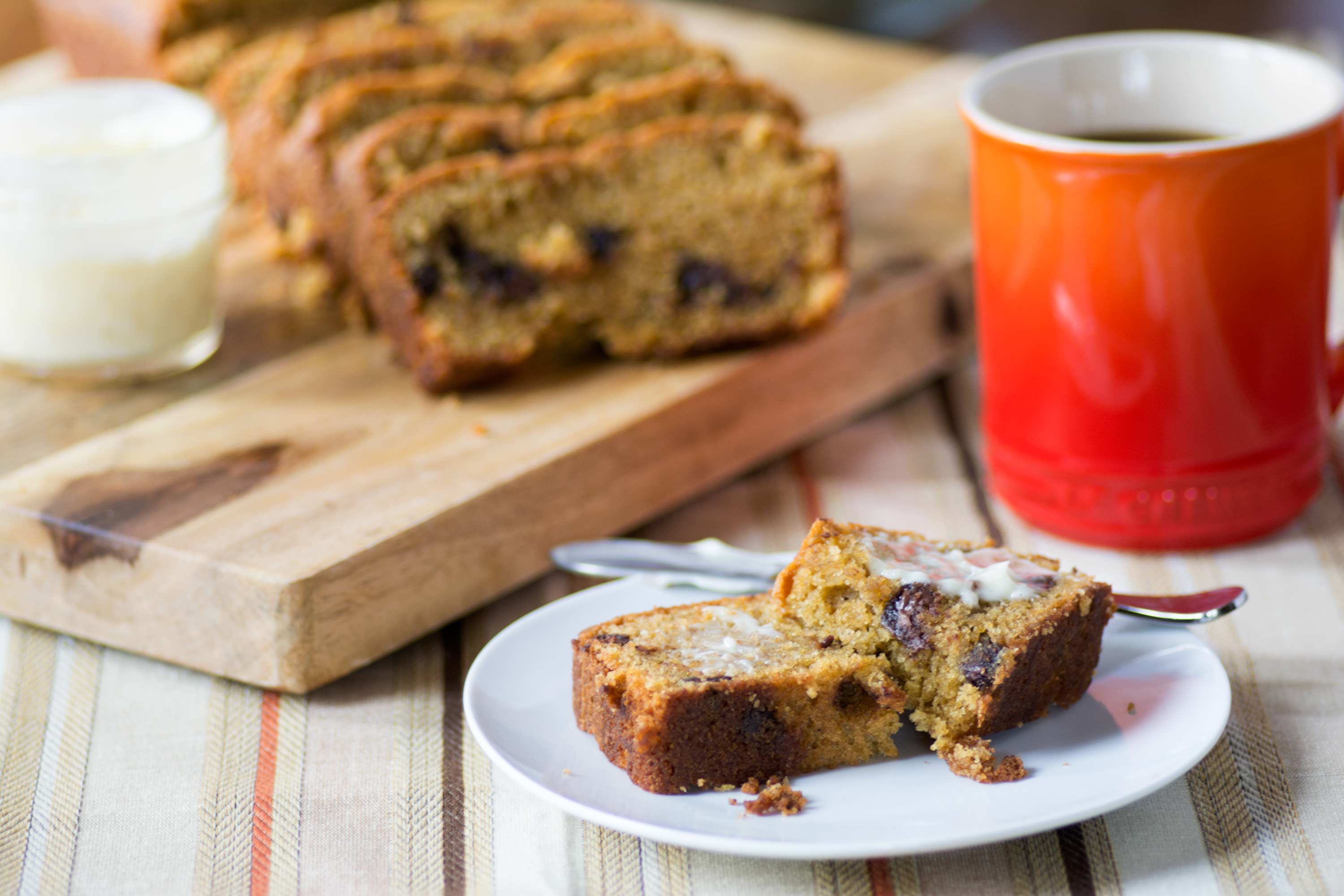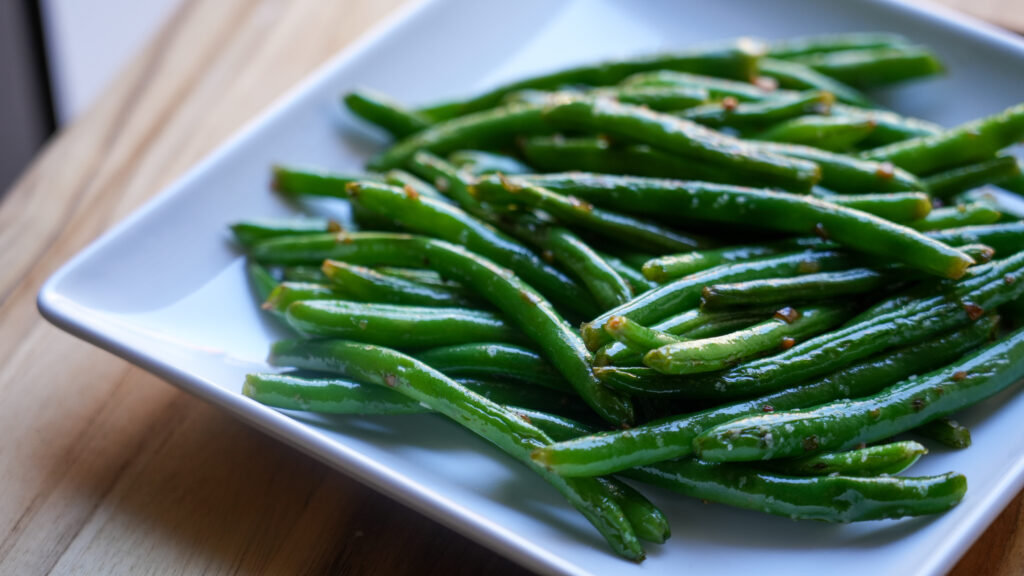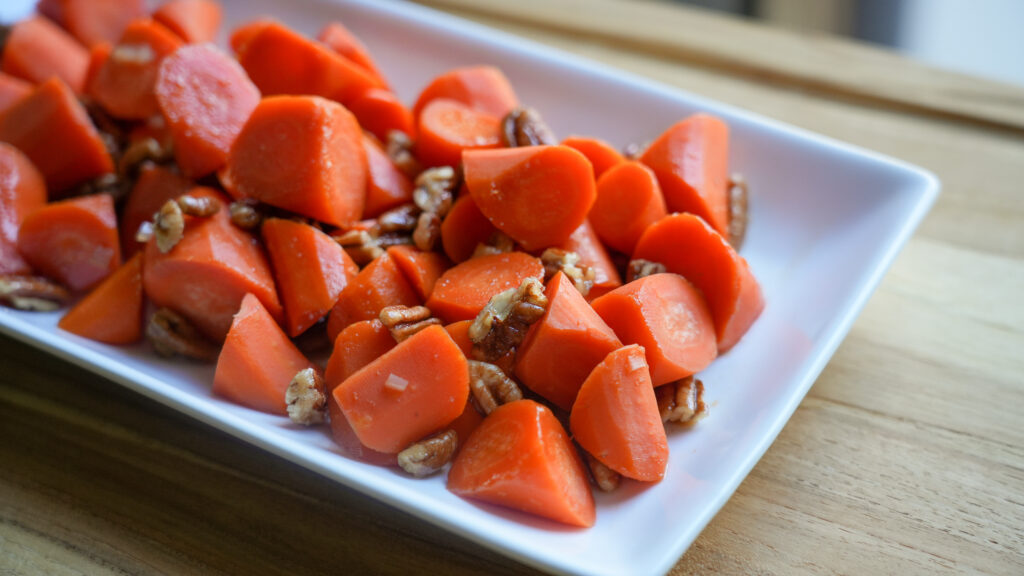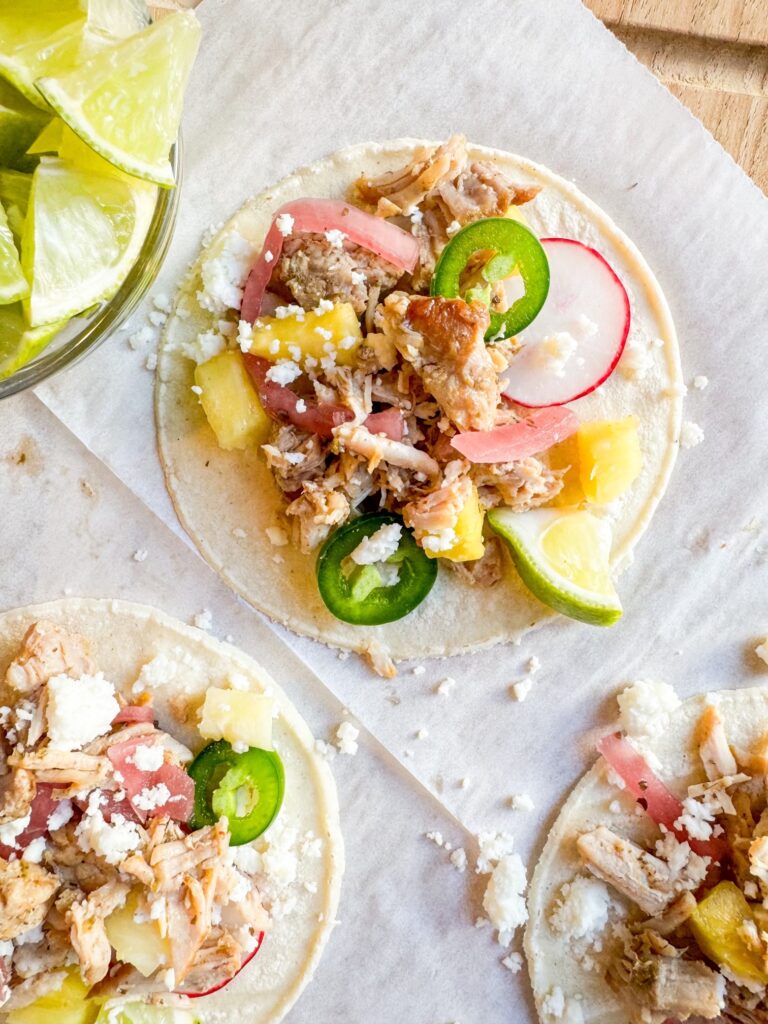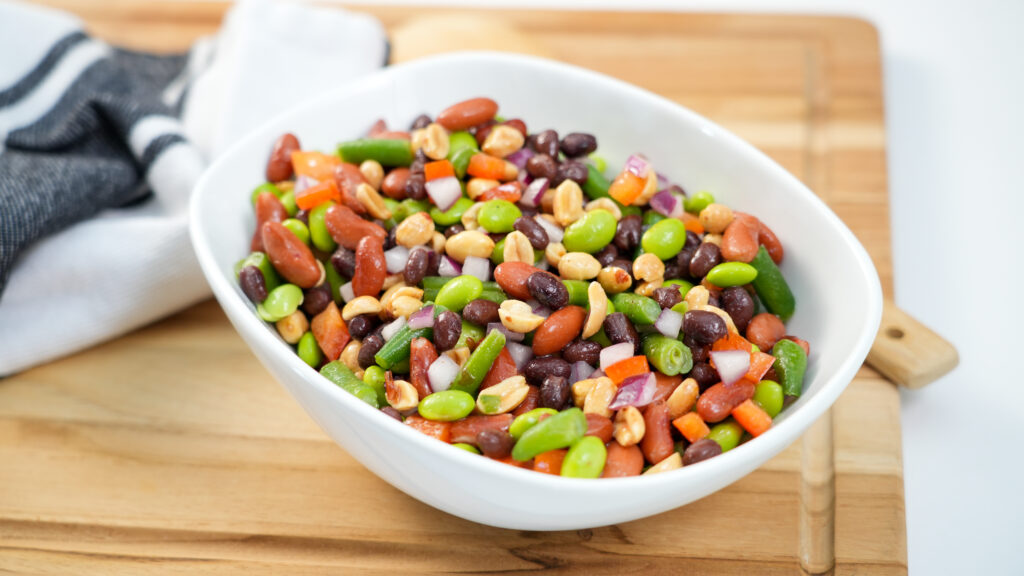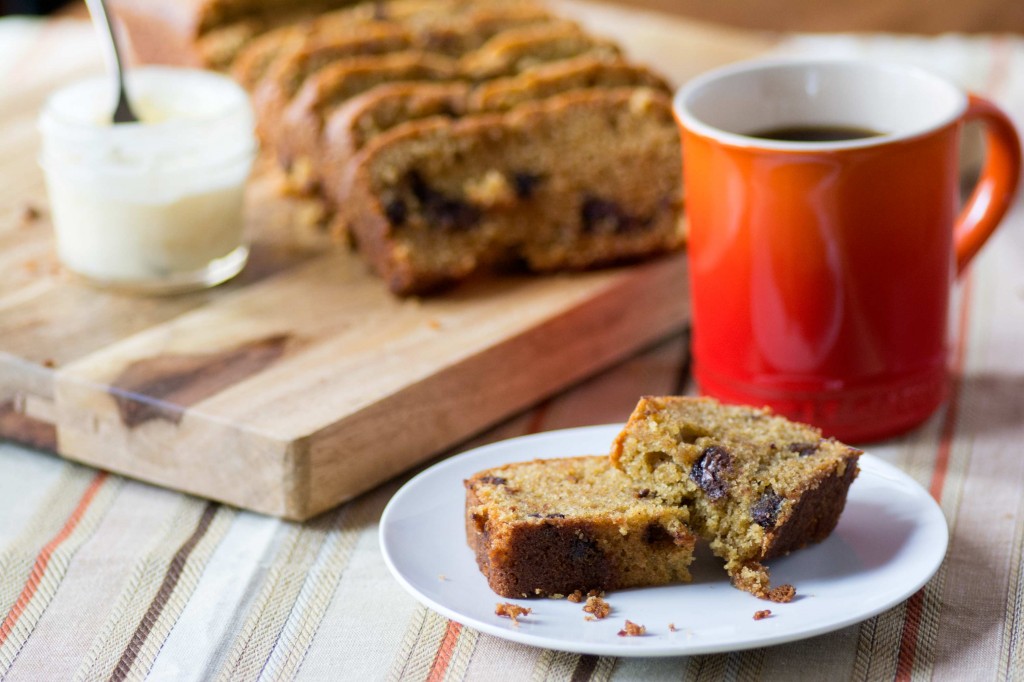
This post is a sponsored by CommonGround Nebraska. CommonGround is a national movement of farm women who want to share information about farming and food. CommonGround Nebraska are farm women in the state who volunteer their time working to help dispel myths and build trust in farm families. They aim to answer questions and share facts as well as their personal stories of farm life to find “common ground” between the food they grow and the food you eat! All thoughts & opinions expressed are mine.
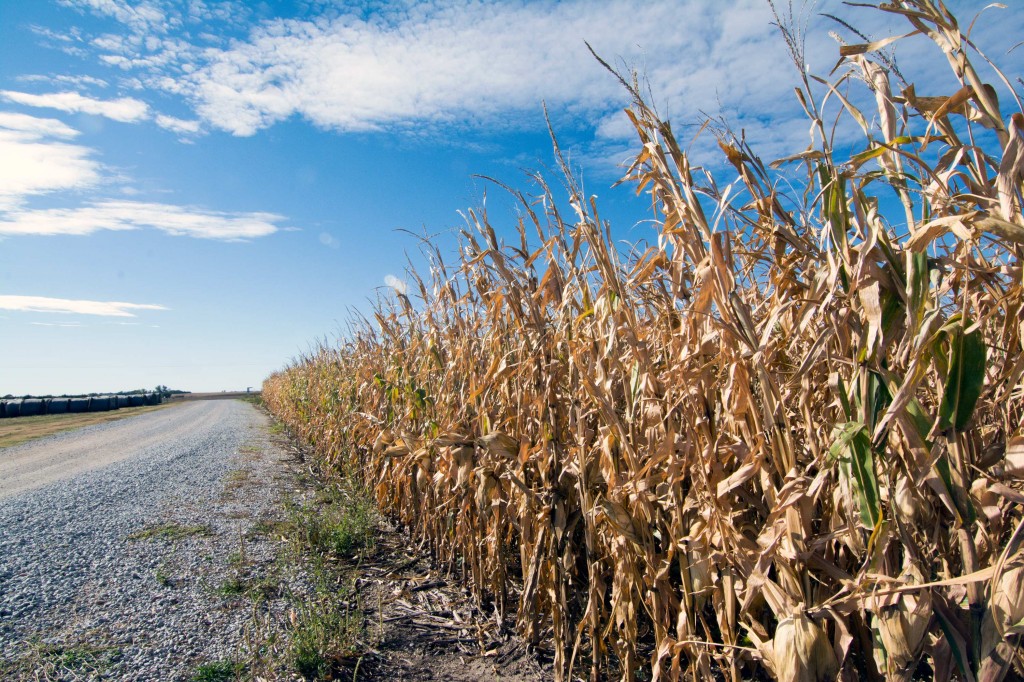
I recently saw a meme online that said, “We should go back to how we produced food 100 years ago. The grocery store was your vegetable garden and basement cellar. And if you didn’t have something you needed, you simply asked your neighbor.”
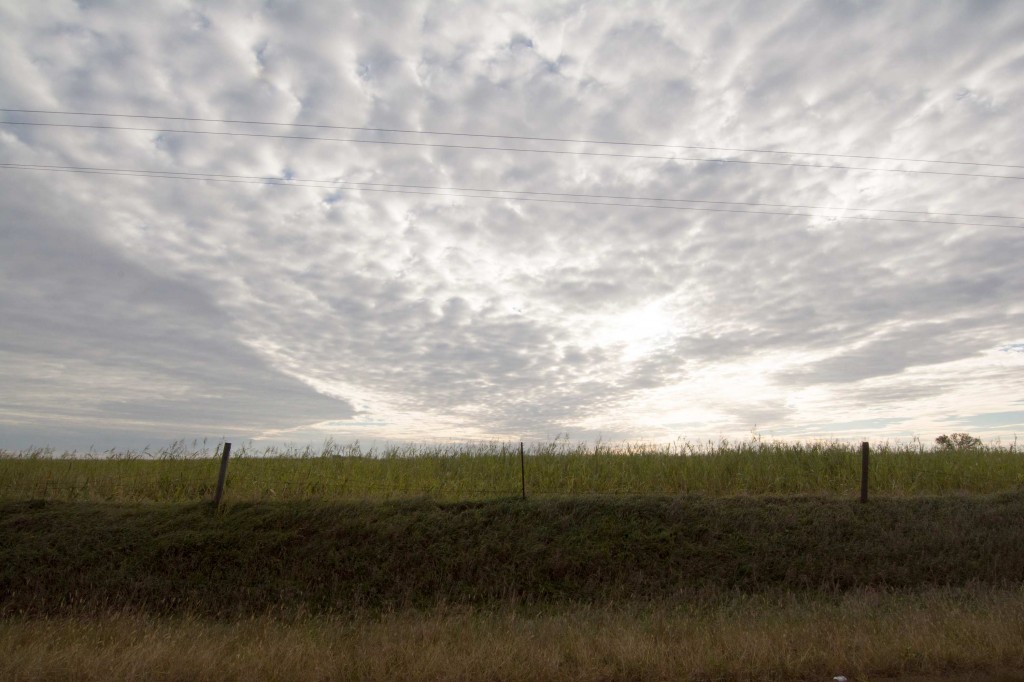
While this might sound very sweet and romantic, I wondered if this is truly realistic? To learn more about this, I traveled three hours across the great state of Nebraska to visit with mom and farmer, Diane Karr. Diane and her family live near Blue Hill, NE and they raise wheat, soybeans, corn, alfalfa and cattle. Diane studied agribusiness in college and then moved back to Blue Hill where she and her new husband rented a farm and became actively involved in his family’s farm. Today Diane and her husband have been married for 17 years and now farm the land where her husband grew up.
When I asked Diane about how farming has changed over the past 100 years, she immediately said, “You need to see the plat map.”
Did she just say, “Plat map?”
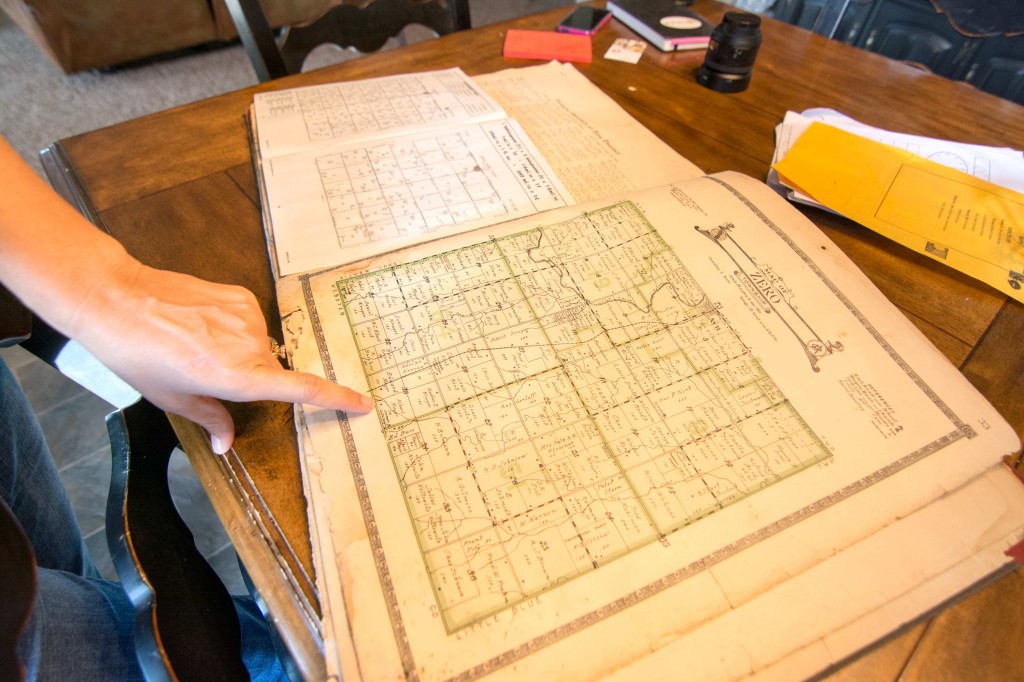
A plat map shows where each farm is located. Diane placed two plat maps side by side. One was from 100 years ago and the other was a recent plat map from last year. It was a humbling experience to watch Diane turn the pages and share stories about how the community has changed over the years. The biggest difference between the two maps is how many more individual farms existed 100 years ago. Many of those farms that existed 100 years ago no longer exist today. When I asked her about how farms like hers might be compared to factory farms, she laughed and said, “Farming practices might have changed, but that doesn’t make us a factory farm. Farming is a living thing. We care about the land and we feed our own children what we grow here. 100 years ago there were many nutrient deficiencies and modern farming and food science has helped solve that. Farmers are now more efficient than ever and today we are able to do more with less. People forget how much harder it was to farm 100 years ago. Why would we want to go back to doing things like we did 100 years go? ” Great question.
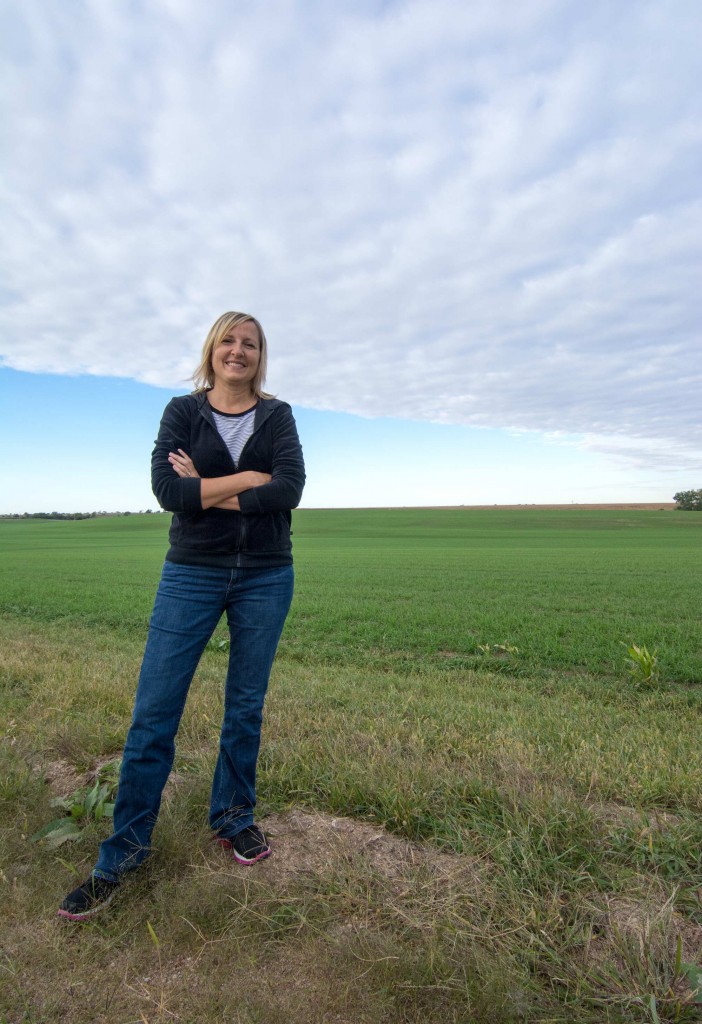
As a nutrition expert, I think consumers have given a lot of authority to non-experts regarding farming and food production. A popular example of this would be celebrities claiming gluten and wheat products cause autism and other health issues. Knowing that Diane is a wheat farmer, I wanted to spend a little time chatting with her about this. One thing that consumers are often confused about is wheat and GMOs. “Did you know that there is no commercial GMO wheat available on the market? It might exist someday, but currently wheat is not available as a GMO.” You can read more about that HERE.
Another myth that people have come to believe is that in order to be healthy, you should stay away from wheat. Unless you have been diagnosed with celiac disease or an allergy, there is no reason to avoid wheat. As a Registered Dietitian, I’ve unfortunately seen people use “gluten sensitivity” as a fad diet and in my opinion, it really minimizes the serious effects consuming wheat could have on those with true celiac disease. I think it’s important to mention that celiac disease is actually an autoimmune disorder and it occurs in about 1/133 people. It is not as common as everybody thinks it is, but it is a very real thing for those who actually have it. But that doesn’t mean everybody else needs to avoid it. According to the Wheat Foods Council, wheat has been consumed by humans for the last 17,000 years and we have seen an increase in all autoimmune disorders, not just celiac disease. When you eliminate wheat products, you eliminate several other important nutrients such as B vitamins, folate, iron and fiber.
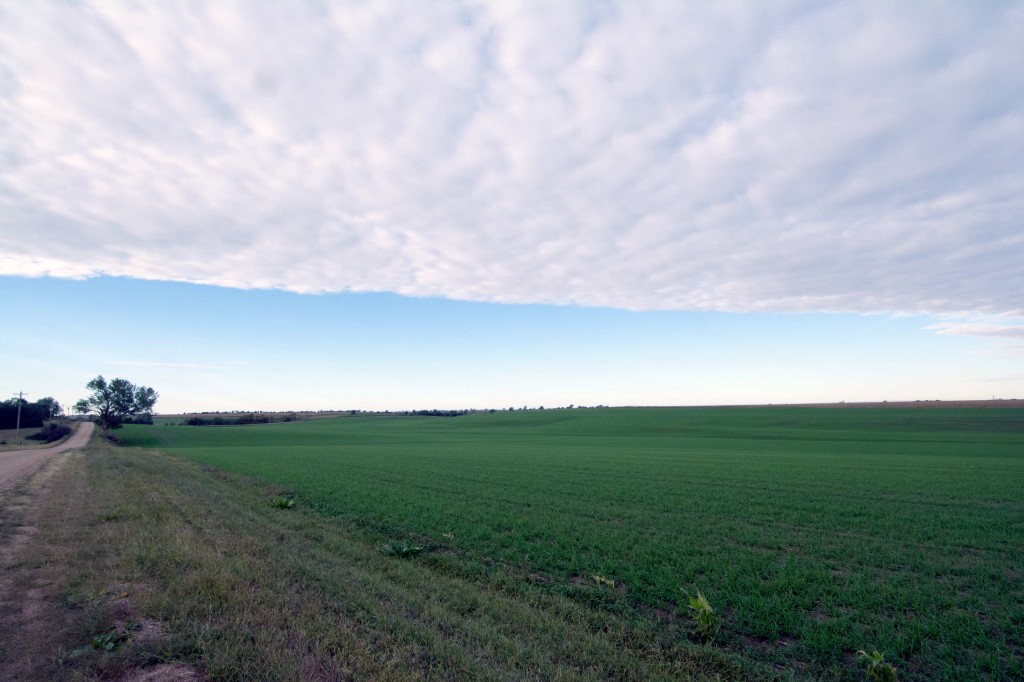
This field is hard red winter wheat. This wheat was planted in early September and will probably be harvested in July. Diane told me, “It goes dormant in the winter just like the green grass outside your house.” Apparently this is the type of wheat that you will find in all-purpose flour and used for making breads and rolls. There are actually 6 classes of wheat that include hard red winter, hard red spring, soft red winter, durum, hard white, and soft white. The hard flours are usually good for breads and rolls and the soft wheat is good for flat breads and crackers. Durum wheat is used for pasta making. This recipe that Diane shared with me contains all-purpose flour, which is perfect for quick breads like this.
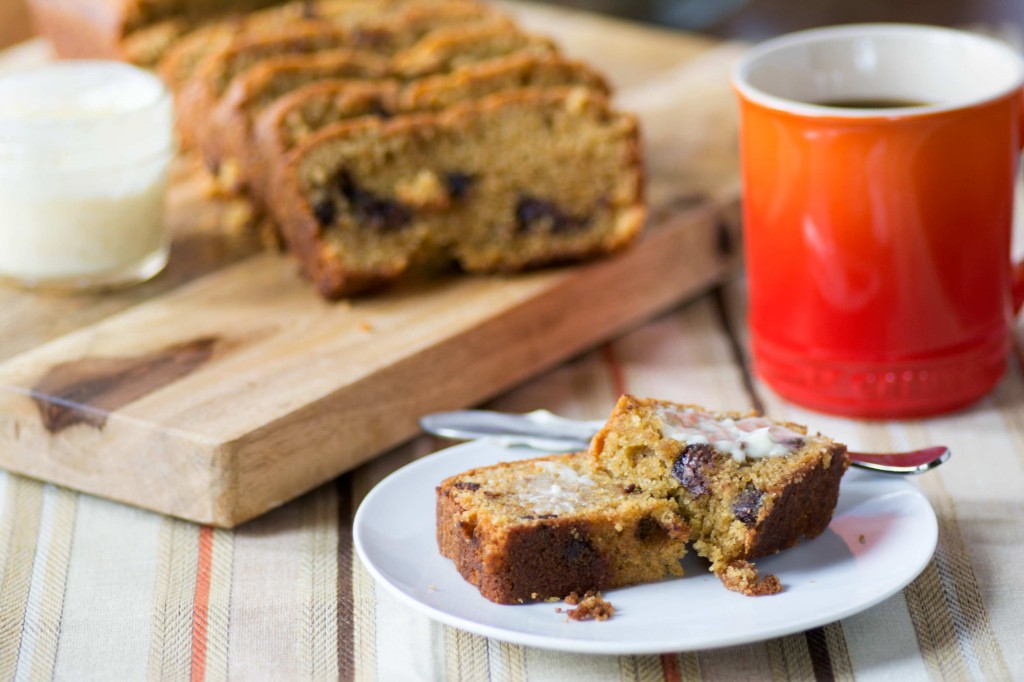
Diane and her husband’s parents still live near Blue Hill and when they’re not working on the farm, you can find Diane and the rest of her family cheering at cross country meets and football games. This chocolate chip pumpkin bread recipe is a fall family favorite.
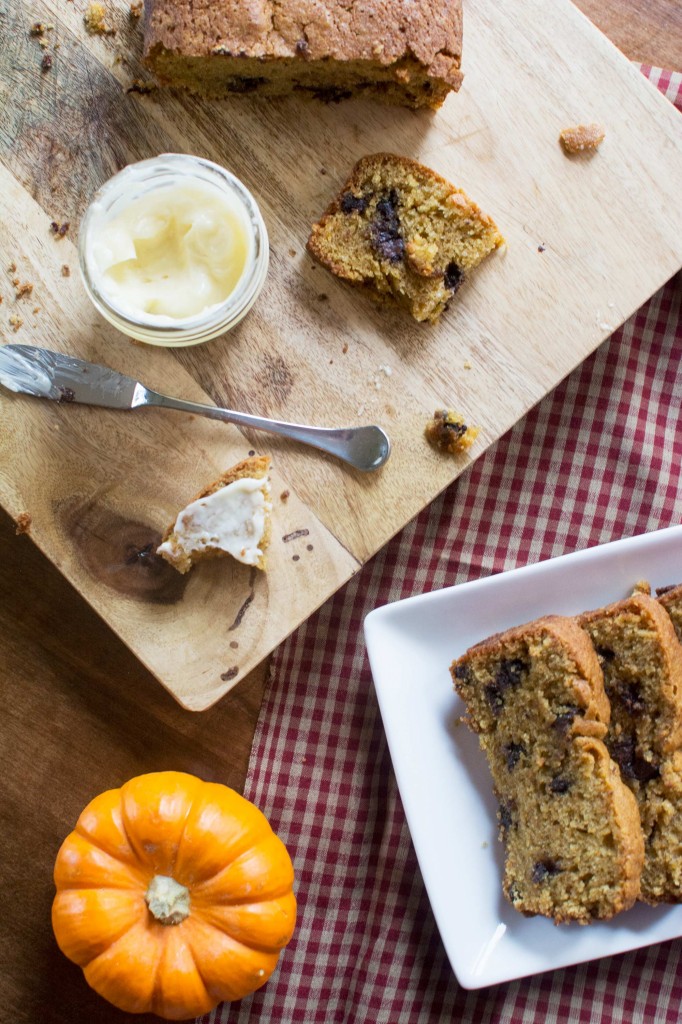
Diane assured me that while the number of farmers may have changed, the reliance on neighbors and passion for caring for the land could not be stronger. Seeing the impact of a family caring for the same piece of land for over 125 years brings a perspective we often neglect.
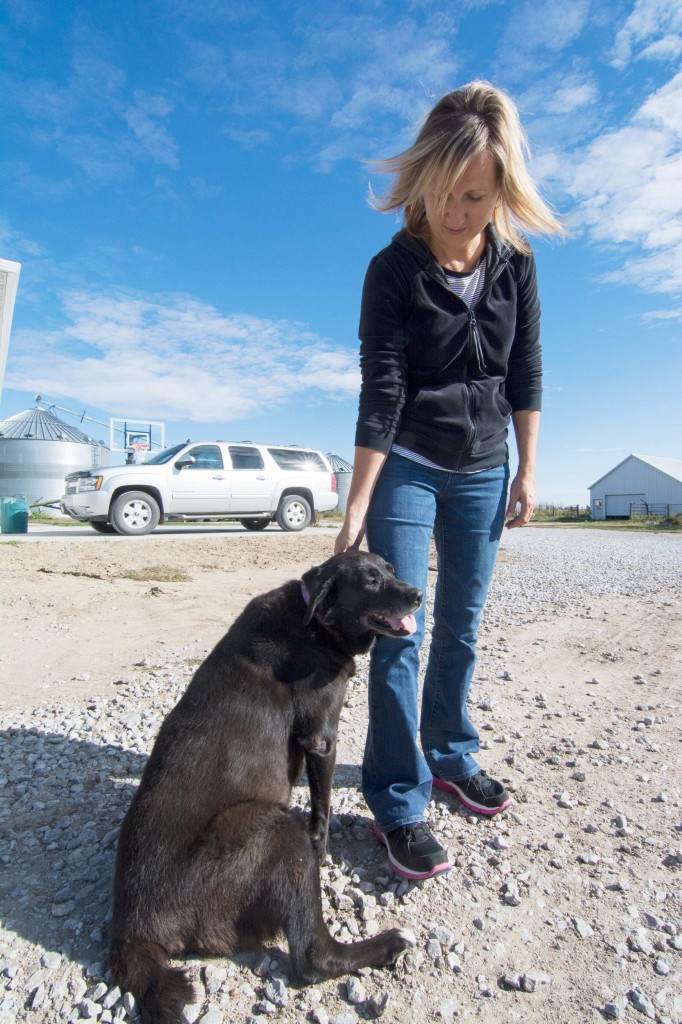
Special thanks to CommonGround Nebraska and Diane for the tour and for sharing this recipe! Be sure to visit Diane’s blog and please feel free to reach out if you have questions.
